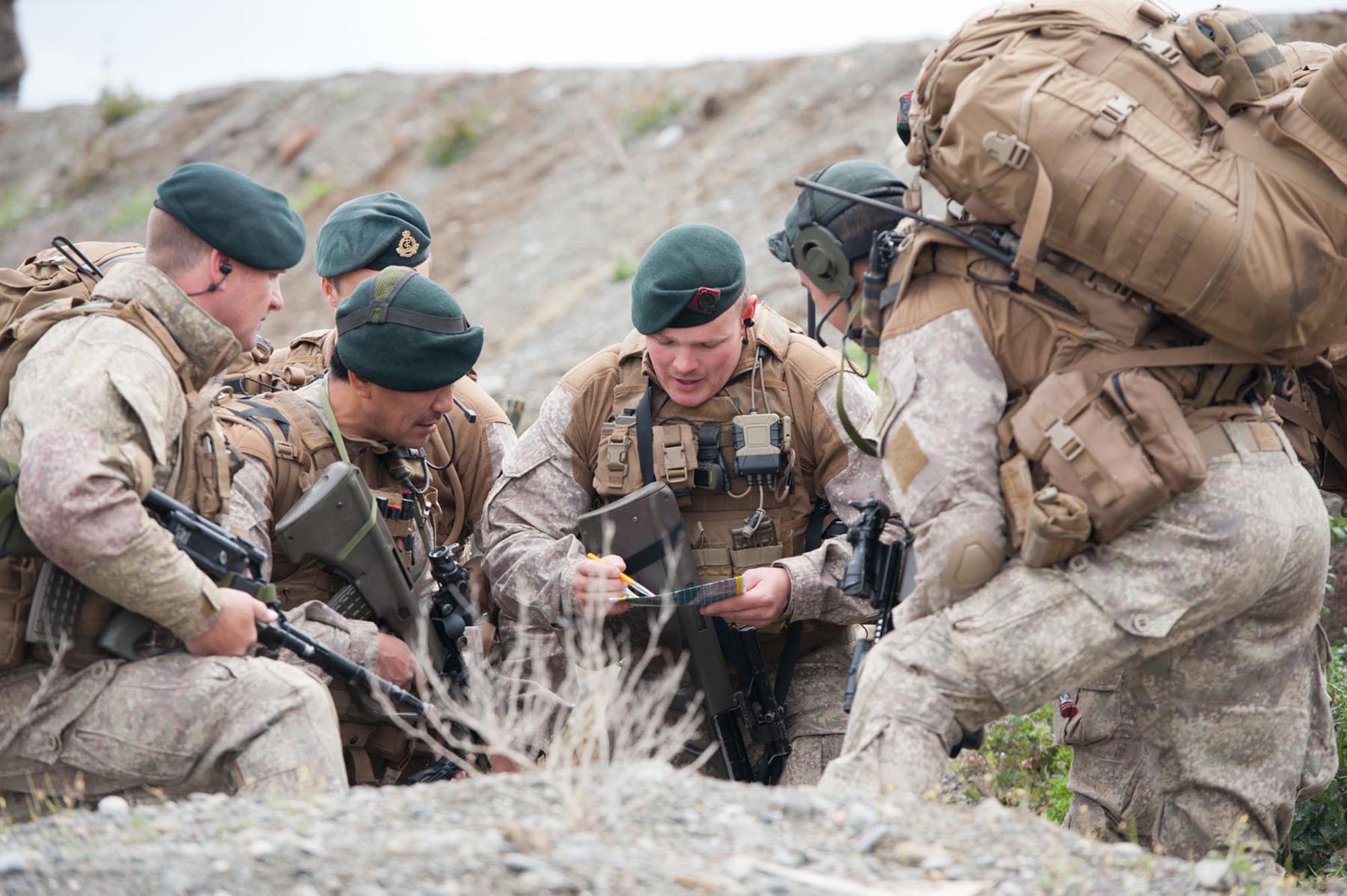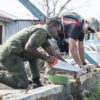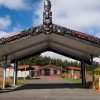By Mr G. Desborough
While understanding what the NZ Army could contribute to an integrated coalition in 2040, one could consider what past (and ongoing) contributions have supported the current partner of choice status that NZ currently enjoys. Having conducted a basic trend analysis of the NZDF’s injections into coalition operating environments from the past twenty years we see the following capabilities having being deployed:
- Provision of combat force elements in support of host nation,
- Provision of trainers to support development of host nation forces,
- Staff Officer appointments into combined joint HQs,
- Provision of UN Observers,
- Logistic support to deployed force elements,
- Provincial Reconstruction Team (PRT), and
- Intelligence Support Teams.
Reflecting on our past allows the NZ Army to identify where it has successfully added value to a coalition operating environment. Looking ahead to the 2040 operating environment, to articulate how the NZ Army might contribute to an integrated coalition the crystal ball must be activated to first develop an idea of what the battlespace / operating environment in 2040 will look like.
Given the limitations of this submission, the following aspects contributed to the assessed ability for the NZ Army to retain the partner of choice status however have not been covered in further detail:
- When understanding the potential future operating environments, the tolerance and acceptance of the NZ public to deploy in high threat, combat environments has not been considered in any significant detail. It is anticipated this would contribute in some way to the subsequent Govt tolerance to deploy combat focussed elements of the NZ Army.
- The role of the Australian Defence Force (ADF) within both the south-west Pacific (SWP) and beyond following their recently announced $270b funding plan[1] while acknowledging that Australia is NZ’s only formal defence ally[2]. The direction and focus for the ADF should be considered in more detail as it pertains to shaping a potential NZDF contribution to an integrated coalition in 2040. The assumed role of NZ Army combat elements embedded into an ADF manoeuvre element (with commensurate protection, mobility and combat power) has been assessed as untenable come 2040 as a direct result of the funding injection imbalance between the two Defence Forces.
- Likely technologies enabled through the fourth industrial revolution such as artificial intelligence (AI) and machine learning (ML) will exponentially take the art of warfare through a transformational change. These advancements should not be discounted when analysing the future operating environment in more detail.
- The recent increase in proxy wars throughout the world have redefined the threshold for the declaration of war in its most traditional sense. Two key enablers of proxy wars are described as the employment of private military companies (PMC) and cyber-warfare[3]. Recognising the role of both of these enablers may fulfil in a future operating environment will provide an insight into what the future of warfare may encompass.
The efforts of the NZ Government to enhance our international standing and support to the partner of choice title fall outside the direct sphere of influence for the NZ Army, and as such have been discounted from this submission.
Taking these considerations into account, coupled with acknowledging the military contributions that the NZ Army have provided shapes the potential response options available. Further analysis on what roles over time have acted as force multipliers also allows the NZ Army to prioritise outputs that reduce risk (both operational and strategic) looking ahead. The following outputs are assessed as areas in which the NZ Army might support, enhance and protect the partner of choice status as queried in the submission question:
- Deployment of staff officers into the integrated coalition headquarters. The means in which the NZ Army trains its officers to fulfil various staff officer roles in a headquarters postures the NZ Army to add significant value, ‘fly the NZ flag’ at various echelons with minimal force commitment and reduce operational risk. Allowing the NZ Army officer training continuum continues to evolve with the contemporary operating environment, regardless of what the 2040 operating environment looks like, our officers stand ready to support and protect the partner of choice status through this means of employment.
- Provision of Build Partner Capacity (BPC) / Indigenous Force Training Teams to a host nation. The most recent examples where this has succeeded includes in Taji, Iraq and Kabul, Afghanistan. Leveraging the NZ Army’s natural ability to create rapport and deliver effective training to a host nation’s force will likely remain a viable option for the NZ Army to remain as a relevant and viable partner of choice.
- Intelligence support teams to support forward deployed coalition combat elements. The deployment / employment of these force elements provide the NZ Army with a force multiplying option that carries minimal operational risk as they allow an additional option of being able to operate from within NZ. Leveraging agreements such as the FVEY intelligence sharing agreement, the NZ Army is positioned to directly support any other of the FVEY nations with enhanced operational intelligence support that negates the need for the NZ Govt to deploy combat soldiers into high threat environments that supports the first consideration listed earlier.
- Adoption an Information Warfare (IW)-centric operating model that sees investment and emphasis on information related capabilities (IRC). Concerted acceleration towards an IW centric model will allow the NZ Army to deliver new IRCs that are resultant of the fourth industrial revolution. Furthermore, it will support easier adoption of emerging concepts that are yet to be conceived.
This submission recognises a lack of inclusion of high threat combat force elements in a future-orientated integrated coalition. It does provoke the following question for senior officials who may agree with this submission: not withstanding that all units within the NZ Army are designed around supporting and enabling manoeuvre and decisive action, what does this then mean for the NZ Army’s combat focussed units?
References
1. < abc.net.au/news/2020-06-30/australia-unveils-10-year-defence-strategy/12408232> Retrieved 13 October 2020.
2. <Mfat.govt.nz/en/countries-and-regions/Australia/#Defence> Retrieved 13 October 2020.
3. Andrew Mumford, ‘Proxy Warfare and the Future of Conflict’, The RUSI Journal (Vol. 158, Iss 2, 2013), p. 40-46.






